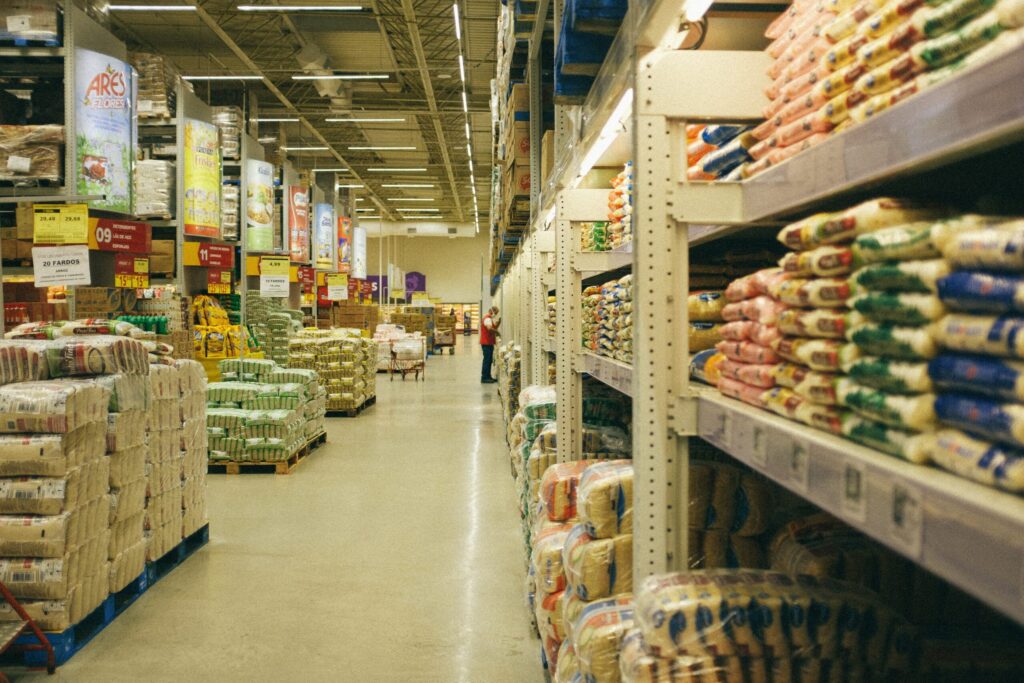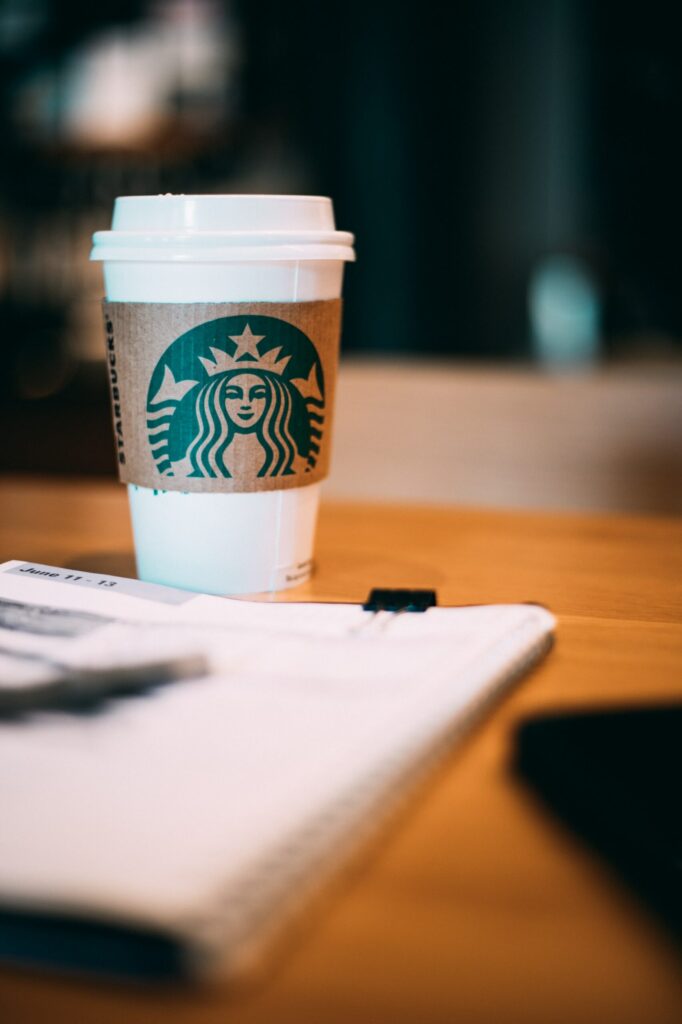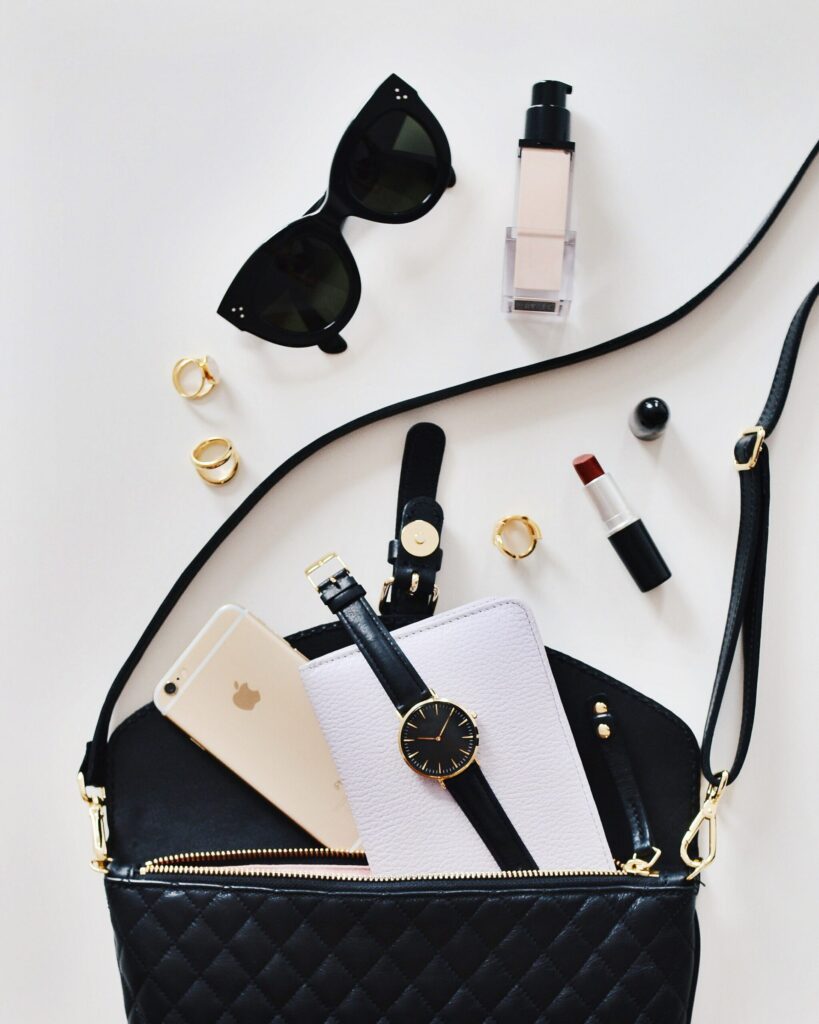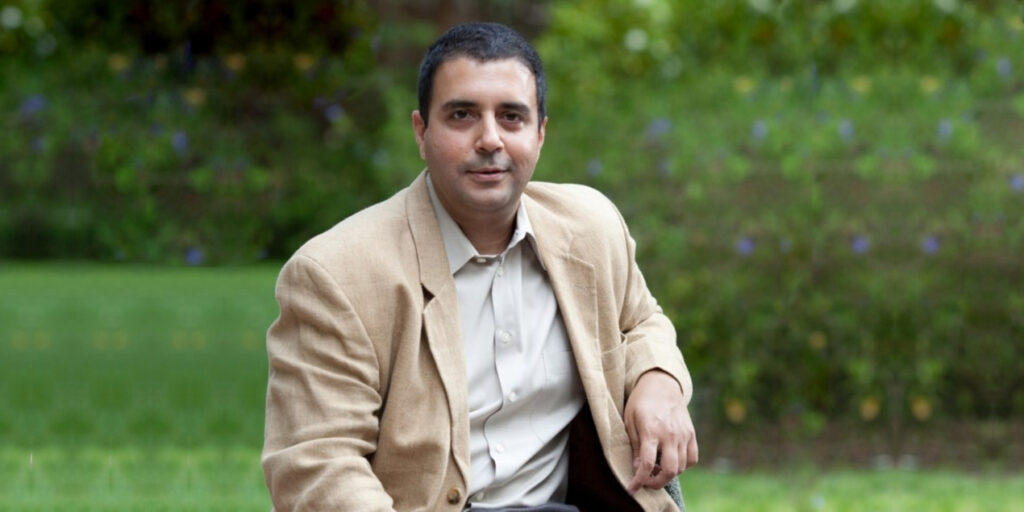Case Study: How Sherlock AI helped Tata Motors acquire consumers and reduce CAC

Following up on our previous post, Tata Motors, a USD 4 billion leading global auto company and an Infinite Analytics client, in its diverse portfolio, includes an extensive range of cars, SUVs, trucks, buses, defense vehicles etc. They saw a whopping 75% reduction in Customer acquisition cost (CAC) upon using Sherlock AI. The client started […]
Online Grocery Retailers Ride The AI Wave for Customer Acquisition

As Machine Learning has become more accessible, more retailers are leaning towards adopting it for customer acquisition. The same is also true about online grocery retailers who are trying to strengthen their relationship with customers using AI and ML. AI uses personalization and other tools to provide better experiences to customers. How are online grocery […]
How Starbucks Is Winning Customers Using Big Data

Through its loyal and rewards program, Starbucks could gather a huge amount of data, which it then used to its advantage to drive more sales from existing customers. With its 30,000 plus stores globally, it rakes in above 100 million transactions each week. Jon Francis, Starbucks’ Senior Vice President of enterprise analytics, data science, research […]
How beauty brands are leveraging AI for customer acquisition

The global cosmetics market size has been projected to reach $463.5 billion by 2027. How this fast growing industry is leveraging AI is something we all can learn from. Customer acquisition is a big part of revenue generation but even bigger perhaps, is customer retention. L’oreal got its head in the right place with its […]
How brands are leveraging AI for customer acquisition?

As the fashion industry rapidly adapts to new technology, brands are leveraging AI and ML to reach out to existing customers and attract new customers. Leading fashion brand Tommy Hilfiger turned to AI to improve its designs when it tied up with IBM and Fashion Institute of Technology (FIT) in 2019. Their project Reimagine Retail, […]
The Story of Data with Yezdi Lashkari

flexmoney’s digital credit platform enables lenders to offer mass-market, ‘sachet-sized’ digital point of sale bnpl credit to its customers. we speak to yezdi lashkari
How FMCG businesses Leverage AI
we got an overwhelming response to our last post and a lot of our readers were curious to know how fmcg companies are leveraging their business through ai.
Five AI-films You Must Not Miss
so far we have discussed various applications of ai and methodologies to implement it, its successes and failures, and also how various industries are making use of ai in their daily lives.
How Covid has warranted a next-generation approach to nowcasting
instantaneous forecasting can be a great tool for planning, decision-making, and saving lives, especially in the covid era. until now nowcasting has been immensely helpful in predicting the weather
Impact of Covid-19 on how we use predictive data
the demand supply chain has been rattled rather brutally thanks to coronavirus. businesses are on the road to recovery amid covid-19 waves hitting every now and then.
